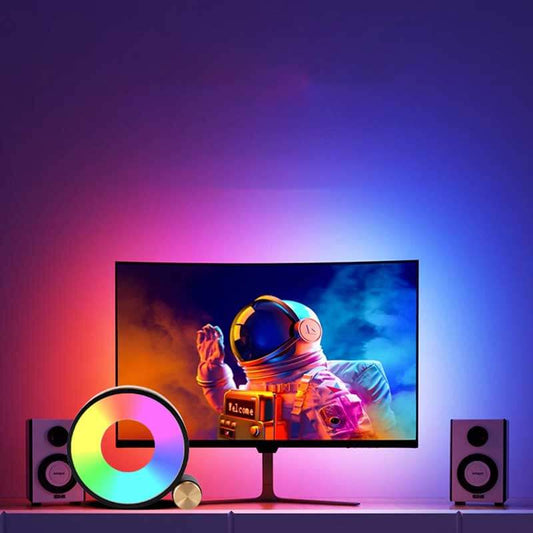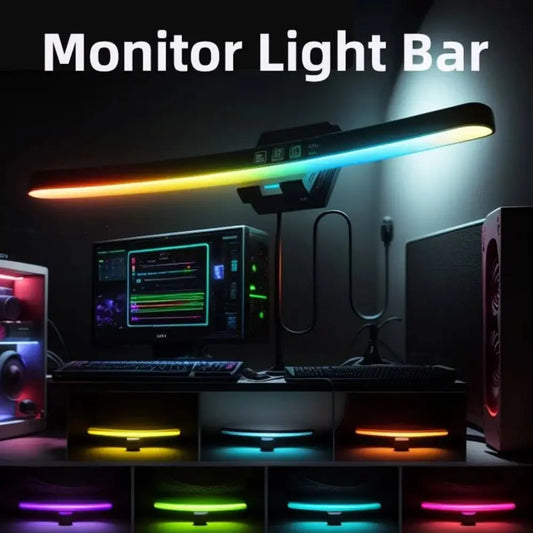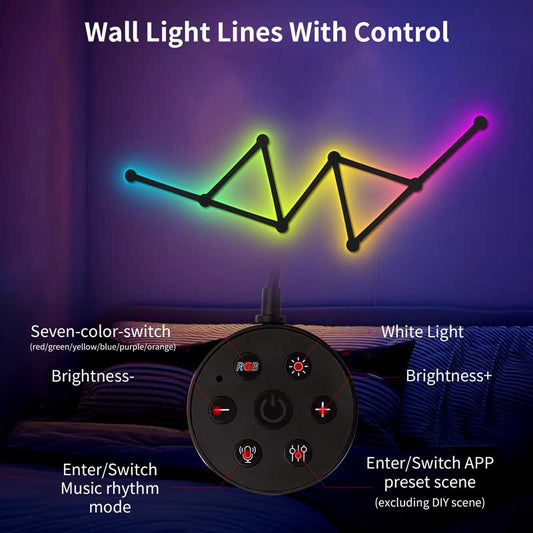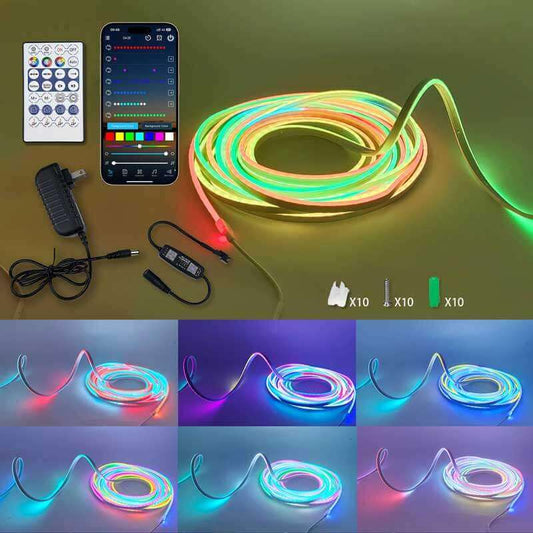What are some common issues when connecting RGB strip lights?
Share
When connecting RGB strip lights, several common issues can arise. Here are some typical problems you may encounter and troubleshooting steps to address them:
-
Lights Not Turning On:
-
Troubleshooting Steps:
- Check the power supply connection to ensure it is securely connected to the LED strip.
- Verify that the power supply is working by testing it with another device.
- Ensure the connections are correct with positive to positive and negative to negative.
-
Troubleshooting Steps:
-
Partial Lighting or Dim Sections:
-
Troubleshooting Steps:
- Check for any loose connections along the LED strip.
- Ensure that the strip is not damaged or cut improperly.
- Test the LED strip in different sections to identify if the issue is localized.
-
Troubleshooting Steps:
-
Incorrect Colors or Colors Not Changing:
-
Troubleshooting Steps:
- Verify that the connections between the controller and the LED strip are secure and correctly aligned.
- Check the remote control or app settings to ensure you are selecting the right colors and modes.
- Reset the controller or power cycle the LED strip to see if that resolves the issue.
-
Troubleshooting Steps:
-
Flashing or Flickering Lights:
-
Troubleshooting Steps:
- Check the power supply to ensure it matches the voltage and current requirements of the LED strip.
- Inspect the connections for any loose wires or faulty connectors.
- Test the LED strip with a different power supply to rule out power issues.
-
Troubleshooting Steps:
-
Remote Control Not Working:
-
Troubleshooting Steps:
- Replace the batteries in the remote control.
- Check for any obstructions between the remote and the controller.
- Ensure the remote control is within the recommended range of the controller.
-
Troubleshooting Steps:
-
Overheating or Burning Smell:
-
Troubleshooting Steps:
- Disconnect the power supply immediately if you notice overheating or a burning smell.
- Check for any short circuits or damaged components in the connections.
- Ensure the power supply matches the wattage requirements of the LED strip to prevent overheating.
-
Troubleshooting Steps:
-
Interference or Signal Issues:
-
Troubleshooting Steps:
- Move any potential sources of interference, such as other electronic devices, away from the LED strip and controller.
- Check for any signal obstructions between the remote control and the controller.
-
Troubleshooting Steps:
By troubleshooting these common issues step by step, you can identify the root cause of the problem and implement the necessary fixes to ensure your RGB strip lights function correctly and provide the desired lighting effects in your space.




